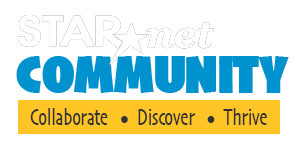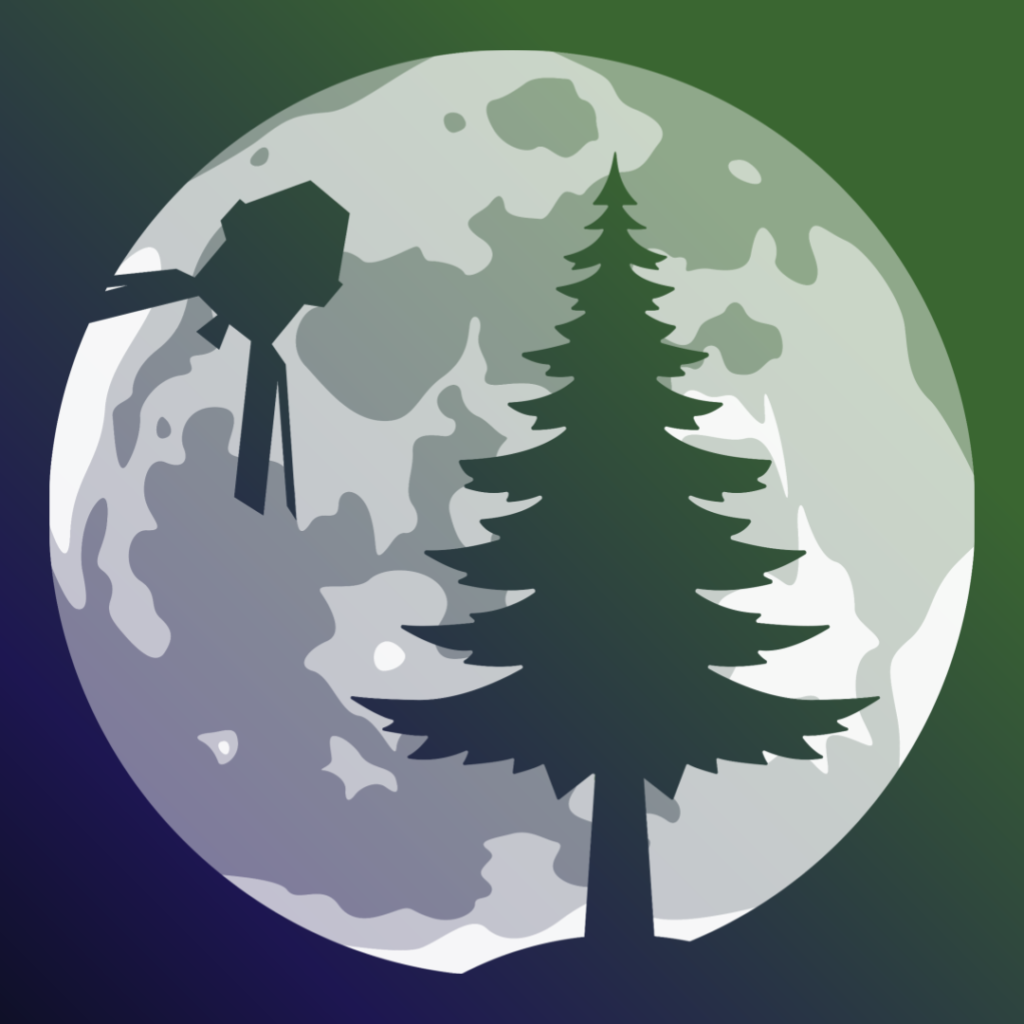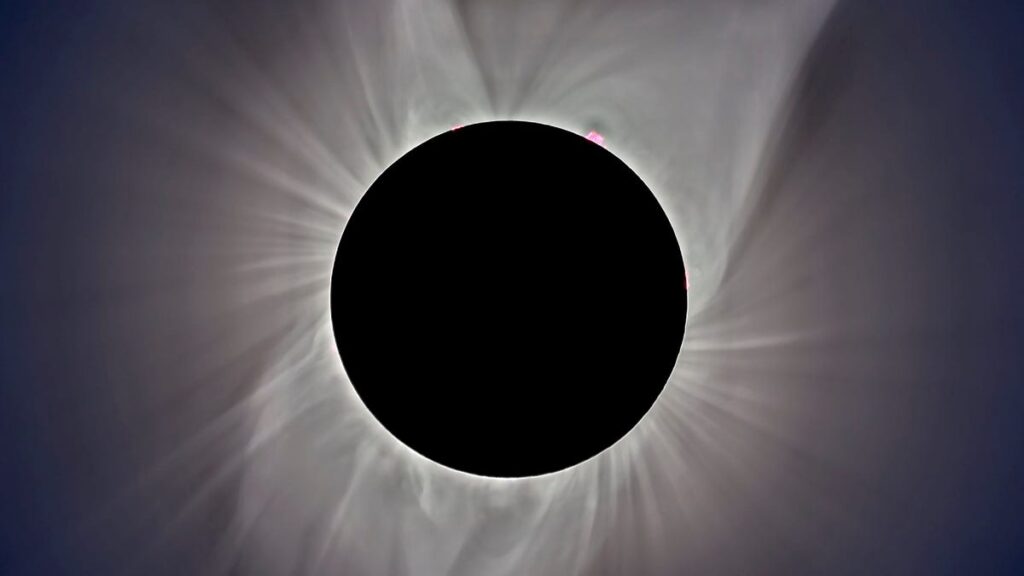Summertime STEM with NASA

by Amelia Chapman, Jet Propulsion Laboratory
NASA has resources to support your programming for all ages, all year round. As summer approaches, here are a few ways to easily incorporate more STEM into your plans!
Hands-on Programs
Camp Experience Guides from NASA’s Next Gen STEM package together all the guidance, links, and instructions you need to put on a themed program full of hands-on activities. Each is presented as a full one-day program but are designed to be flexible: spread them over a week or month, split them into standalone events – whatever fits your needs!
- NASA’s First Woman graphic novel series tells the story of Callie Rodriguez, the first woman to explore the Moon. While Callie is a fictional character, the first female astronaut and person of color will soon set foot on the Moon. Two different Guides are available, one for each issue in the series.
- The Artemis Camp Experience also focuses on human space exploration, with activities that lead participants through the steps of designing and building the crew modules, rockets, and other structures to safely get astronauts to the Moon and back.
- NASA isn’t just astronauts, of course! The Earth Observation Camp Experience introduces Earth observation, Earth science processes, and Earth’s connection to the Sun.
The Mission to Mars Student Challenge gets students exploring Mars with NASA scientists, engineers, and the Perseverance rover as they learn all about STEM and design their very own mission to the Red Planet! Everything you need is right here – including guided education plans, expert tips, and resources from NASA. Originally designed for multi-week use, there is plenty of room for picking and choosing what will work best for your audiences and time frame.
Summer Reading
NASA is a great fit for summer reading programs, with connections to be made no matter what your theme.
If it’s all about adventure, join in by following NASA missions, topics, and astronauts. All ages can also contribute to real NASA science, usually with just a smartphone or laptop. Visit the Exoplanet Travel Bureau to imagine what a trip outside our solar system would be like, or explore with the augmented reality (AR) app from Women in Science resources from the Chandra mission. (You can also try this digital escape room!)
If it’s a time for reflection, consider the planet we all depend on. Earth Observatory shares images, stories, and discoveries about the environment, Earth systems, and climate that emerge from NASA research, including its satellite missions, in-the-field research, and models. (Look under blogs for “EO Kids”!) You can see and explore real, current, data with NASA Eyes on Earth and learn more at https://climate.nasa.gov/ and https://climatekids.nasa.gov/ . Find inspiration from astronauts’ ability to live and work together, with the Expeditionary Skills for Life activities.
Free eBooks are also available for download (including the popular EPUB format for your digital patrons!), printing and offline use. Most are targeted at adult readers, such as the latest, NACA to NASA to Now history book, but eye-catching “coffee table” imagery books such as Hubble Focus, Earth, Earth at Night , and The Saturn System are good for any age!
Seasonal STEM
- The Summer Solstice in June is the point in the Earth’s orbit where the Sun is most illuminating the northern hemisphere. Astronomers consider this the beginning of the summer in the northern hemisphere. Explore “What is a solstice?” and see what they look like from space. You can even build a solstice/equinox model.
- International Asteroid Day is on June 30, the day of Earth’s largest asteroid impact in recorded history. Explore this line up of activities and resources about asteroids and the (successful!) DART mission – the first-ever test of asteroid deflection that could be used to defend the Earth.
- Celebrate National Aviation Day on August 19 with storytime books and related science lessons, or these simple activities for students such as “Flight Paths” and “Round Globe, Flat Map.” Remember, Aeronautics is the first “A” in NASA!
Want More?
Sign up for NASA’s free community of practice for educators, NASA CONNECTS, for more ideas on Summer Reading and a full year of STEM-related holidays. There you’ll also find archived Mission to Mars Student Challenge trainings, held specifically for informal educators. You can learn more at this earlier blog post, Key NASA Resources for informal Educators.
Always feel free to reach out to amelia.j.chapman@jpl.nasa.gov or jeffrey.nee@jpl.nasa.gov with any questions about incorporating NASA into your summer!





Responses